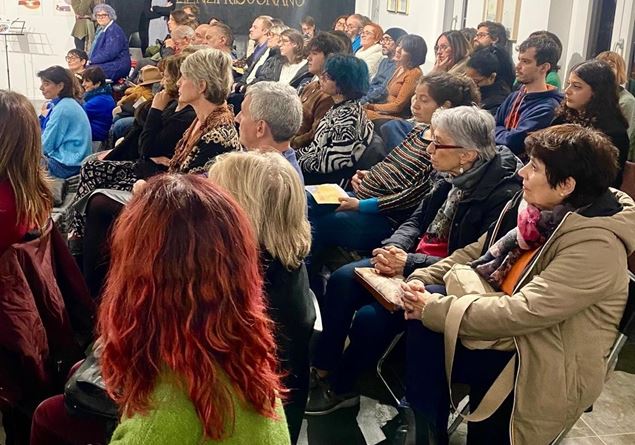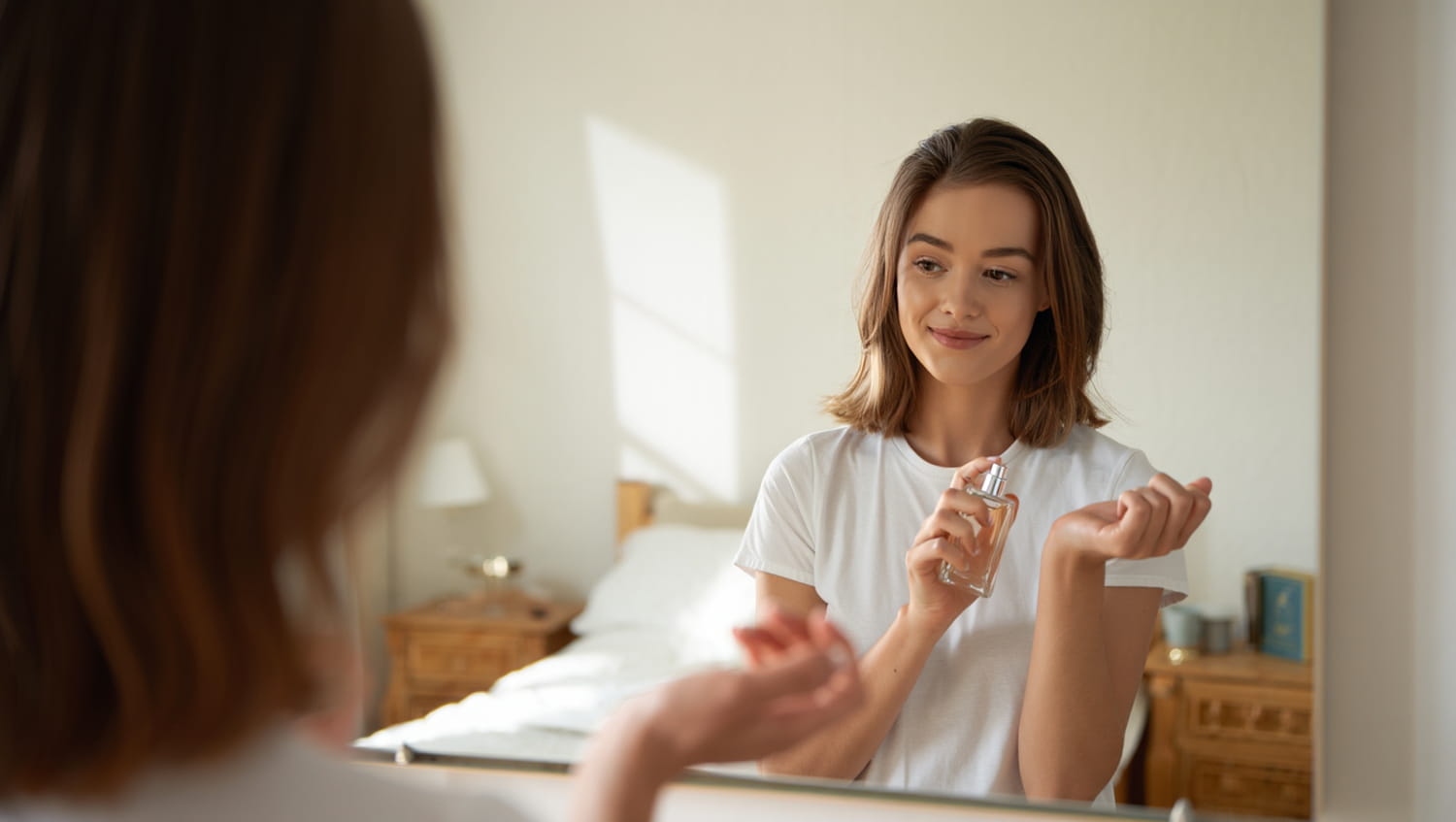A large national study reveals a discreet but real upheaval in the contraceptive choices of French women.
6.7 million women aged 15 to 49 use contraception in France, or 46%. A new analysis by EPI-PHARE, published in The Lancet Regional Health–Europe, shows that contraceptive practices have evolved significantly in ten years. The pill remains the most widespread method, even if it is less convincing than in the past. Combined oral contraceptives (containing both a progestin and an estrogen), widely used in the early 2010s, saw the number of users decrease by a third between 2012 and 2022. 35% of women use them today compared to 54% previously.
At the same time, other options are gradually emerging. The copper IUD, a hormone-free method, is experiencing a notable rise among women: its use has doubled over the same period, as has that of the progestin-only pill. One in five women now uses one of these contraceptive methods, especially those in their thirties. After the age of 40, one in two women opt for the IUD as contraception.
These choices reflect a search for solutions perceived as simpler, better tolerated or more in line with current concerns around hormones and their side effects. The evolution of reimbursement for certain pills or the arrival of new, more suitable devices also plays a role.
Prescribing habits are changing, too. Midwives now play an important role in access to contraception. They provide 13% of prescriptions, compared to almost none in 2012, thus facilitating the journey for women, particularly in areas where access to a gynecologist remains complicated. The use of general practitioners also remains very present, but the landscape is more diverse today than it was ten years ago.
The study reminds us that certain behaviors still escape statistics, such as the use of condoms or emergency contraception, which are only partially reimbursed. It also highlights persistent social disparities: the IUD, for example, is used more in the least disadvantaged areas. Ultimately, while the pill remains the number one method, the French contraceptive landscape has become significantly diversified. More and more women are exploring other options to find the contraception that best suits their health, their comfort… and their priorities.








